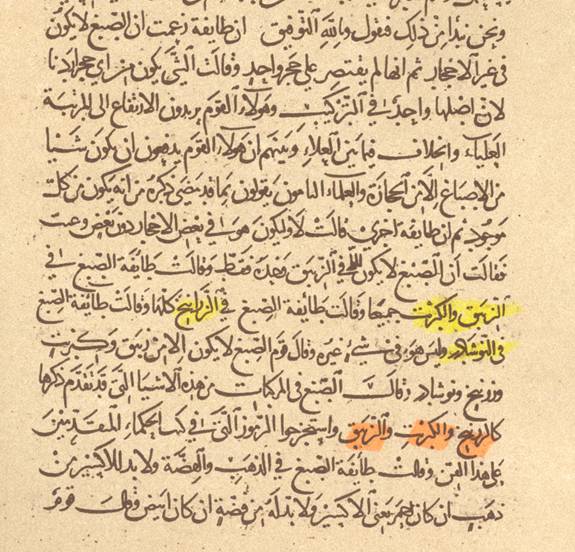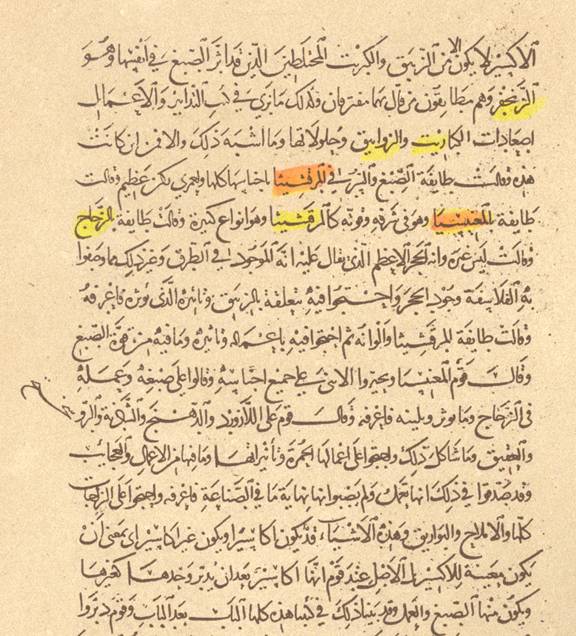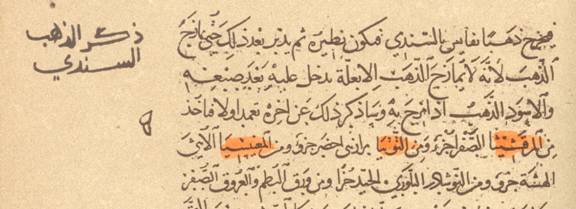
History of Science and Technology in Islam
The Arabic Origin of Summa perfectionis magisterii
And the other Geber Latin Works
II
Materials for Making the Stone of Philosophers
There is a particular style of Jabir is presenting things. He usually gives the opinions of various sects or ta`ifa طائفة . In the following discussion about materials suitable for making the stone of philosophers both Geber and Jabir are giving the various opinions sects or ta’fa. Here the style of the Summa resembles that of Jabir. The text of the Summa is given below (Russell p. 44):
“But returning to Our Purpose, We say,That those who posite this Art in Spirits are manifoldly divers. Some affirm, That the Stone of Philosophers must necessarily be made of Argentvive; others of Sulphur and of Arsnick in affinity to it, others of Marchasite; some of Tutia and Magnesia, and not a few of Salarmoniac. And of those who say it is in Bodies, some will have it in Lead, others in every of the other Bodies: so likewise some in Glass, some in Gems; others in the Diversities of Salts, Allomes, Nitres, and Boraces; and some in every kind of Vegetahles”
Jabir in the Book of Seventy in Kitab al-Hiba, كتاب الهبة pp. 174-175 gives a similar discussion. We reproduce it here:


We find here that Jabir’s list includes mercury, sulphur, arsenic, marcasite, magnesia, bodies (metals), glass, and various kinds of gems like لازورد، دهنج، شاذنة ، روسختج ، عقيق. The two lists (of Geber and Jabir) are nearly identical. Jabir did not mention here tutia and vegetable matter but he has mentioned these quite often in his other numerous texts. In Jabir’s texts Marcasite, tutia and magnesia are often listed together, (see for example the Book of Seventy, Kitab al-Layla, كتاب الليلة p. 197). This is shown below.

Copyright Information
All Articles and Brief Notes are written by Ahmad Y. al-Hassan unless where indicated otherwise.
The design of this website does not belong to Ahmad Y. al-Hassan, the design was based on common webdesign elements.
All published material are the copyright of the author (unless stated otherwise) and may not be published or reproduced in part or in whole without the express written permission of the author.